Technology enabling a digital workflow has transformed dental practice, providing new opportunities to improve accuracy, efficiency and the patient experience. For analogue dentists in their 40s and 50s looking to modernise their practices, the transition can seem challenging at first. However, with tools like the SprintRay protocol and its intuitive and logical apps, digitalisation is both accessible and quick to achieve. The integration of Medit’s digital recording and apps enables optimal results, streamlining the delivery process and allowing for efficient outcomes directly within the clinic. In this article, I cover ten key points for professionals to consider when deciding whether to adopt this digital technology.
Differences between analogue and digital processes
The differences between analogue and digital processes are evident both in the form and in the number of steps for prosthetic planning and manufacturing.
- Ease of use of the SprintRay app and protocol
The SprintRay app is designed with an intuitive, protocol-driven interface that makes it easy to use even for those with no prior experience with advanced technology. The platform provides detailed tutorials and ongoing technical support, allowing for a smooth and seamless transition and requiring no in-depth technical computer knowledge.
- Complete workflow integration
SprintRay enables the integration of all stages of the dental process, from initial scanning to 3D printing of prostheses. This unification of the workflow eliminates the need for manual processes and reduces shipments to the laboratory, significantly improving operational efficiency.From the Medit scanner program, the sending of the scan to the printer can be directly integrated without any prior steps. Everything is ready to go for the dentist without experience in digital workflows.
- Precision and detail in scans
The systems offer impressive accuracy in the scans obtained, capturing minute details that ensure a perfect fit of the restorations. This accuracy reduces the need for subsequent adjustments, improving patient satisfaction and optimising the dentist’s time. With the help of artificial intelligence, it is possible to obtain the design of a crown in less than 5 minutes and be ready to print in 15 minutes.
- Intuitive apps
The SprintRay app and the Medit scanner app are highly intuitive, having easy-to-navigate interfaces. This allows analogue dentists to learn and adapt quickly without facing the typical barriers associated with adopting new technology.
- Reduction of human error
Digitalising the workflow minimises human errors common in manual processes. Digital scans eliminate the possibility of distortion, providing an accurate basis for prosthetic design and manufacturing.
- Improved patient communication
SprintRay’s 3D images and digital models facilitate communication with the patient, allowing him or her to visualise the treatment plan and better understand the proposed procedures. This improves patient confidence and collaboration in the treatment.The initial scan in any version of the Medit app, along with the ability to display dynamic occlusion on the screen, control bite levels and project the provisional prosthesis design, offers the new digital dentist a wide range of intuitive and easy-to-use options that enhance communication and marketing for the practice.
- Time- and cost-savings
Implementing digital technology significantly reduces the time needed to complete complex treatments. In addition, by reducing the practice’s dependence on external laboratories, the associated costs are reduced, making the practice more profitable. Obtaining a result in the same visit allows for immediate patient satisfaction and acceptance, differentiating the practice from those using analogue technology. With apps such as Medit ClinicCAD and the ability to send designs directly to the printer, the new digital dentist can create a durable provisional bridge during the same visit.
- Continuous training and support
SprintRay offers training programmes and ongoing support through SprintRay University, ensuring that analogue dentists can resolve questions and optimise their use of the technology. This support is crucial for a successful and smooth transition.In the case of Medit, the dental professional can access various courses and advice, enabling rapid learning and providing valuable support for beginners with no prior experience. Moreover, auxiliary staff can quickly learn the scanning techniques, saving dentists time and money and freeing them up to do other tasks.
- Sustainability and energy efficiency—cloud database
Digitalisation of the dental workflow contributes to environmental sustainability by reducing the use of materials and the generation of waste. SprintRay 3D printers use biocompatible materials and minimise waste, promoting greener practices.Employing an intra-oral scanner allows files to be securely stored in the cloud and in accordance with data protection laws rather than having to keep models stored in physical locations. Both in the SprintRay cloud and in the Medit app, files can be accessed and retrieved to be used again.
- Competitive advantage
Adopting technology to support a digital workflow provides a significant competitive advantage. Patients are looking for practices that use cutting-edge technology to provide faster and more accurate and comfortable treatments. Modernising the dental practice can attract a broader and more demanding clientele but also one willing to pay for a more comprehensive, faster and more efficient service without long waits for resolution.
Personal opinion
Transitioning from an analogue to a digital practice can seem overwhelming at first. However, with tools designed to facilitate this adoption, such as those offered by SprintRay and Medit, the benefits far outweigh the initial challenges. Improved accuracy and operational efficiency and the ability to deliver a better patient experience are powerful reasons to consider this transition.
In my opinion, analogue dentists who embrace this technology are not only modernising their practices but also positioning themselves to deliver a higher level of care. The key is to take advantage of SprintRay’s intuitive capabilities and to seek out the ongoing support and training available. With the right attitude and the right tools, digitalisation can be a transformative and rewarding experience for any dental professional.
The change is easier and less complicated than you think.



 Austria / Österreich
Austria / Österreich
 Bosnia and Herzegovina / Босна и Херцеговина
Bosnia and Herzegovina / Босна и Херцеговина
 Bulgaria / България
Bulgaria / България
 Croatia / Hrvatska
Croatia / Hrvatska
 Czech Republic & Slovakia / Česká republika & Slovensko
Czech Republic & Slovakia / Česká republika & Slovensko
 France / France
France / France
 Germany / Deutschland
Germany / Deutschland
 Greece / ΕΛΛΑΔΑ
Greece / ΕΛΛΑΔΑ
 Hungary / Hungary
Hungary / Hungary
 Italy / Italia
Italy / Italia
 Netherlands / Nederland
Netherlands / Nederland
 Nordic / Nordic
Nordic / Nordic
 Poland / Polska
Poland / Polska
 Portugal / Portugal
Portugal / Portugal
 Romania & Moldova / România & Moldova
Romania & Moldova / România & Moldova
 Slovenia / Slovenija
Slovenia / Slovenija
 Serbia & Montenegro / Србија и Црна Гора
Serbia & Montenegro / Србија и Црна Гора
 Spain / España
Spain / España
 Switzerland / Schweiz
Switzerland / Schweiz
 Turkey / Türkiye
Turkey / Türkiye
 UK & Ireland / UK & Ireland
UK & Ireland / UK & Ireland
 Brazil / Brasil
Brazil / Brasil
 Canada / Canada
Canada / Canada
 Latin America / Latinoamérica
Latin America / Latinoamérica
 USA / USA
USA / USA
 China / 中国
China / 中国
 India / भारत गणराज्य
India / भारत गणराज्य
 Pakistan / Pākistān
Pakistan / Pākistān
 Vietnam / Việt Nam
Vietnam / Việt Nam
 ASEAN / ASEAN
ASEAN / ASEAN
 Israel / מְדִינַת יִשְׂרָאֵל
Israel / מְדִינַת יִשְׂרָאֵל
 Algeria, Morocco & Tunisia / الجزائر والمغرب وتونس
Algeria, Morocco & Tunisia / الجزائر والمغرب وتونس
 Middle East / Middle East
Middle East / Middle East


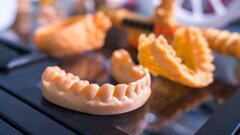
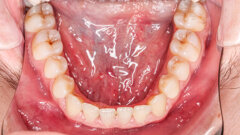



















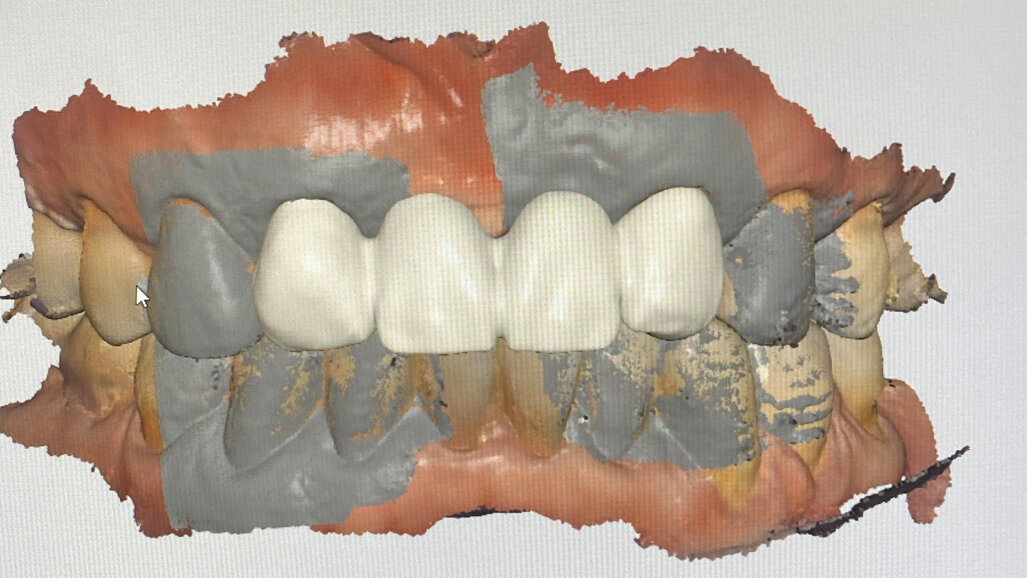


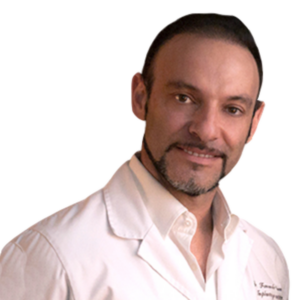
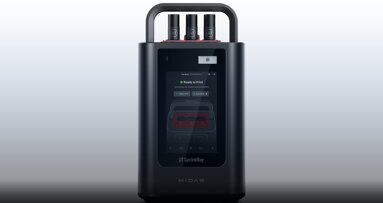
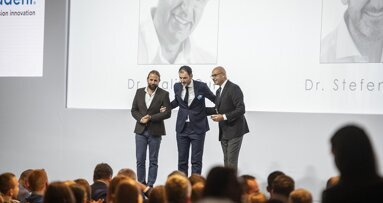
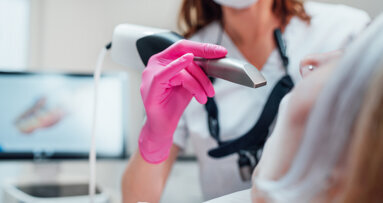
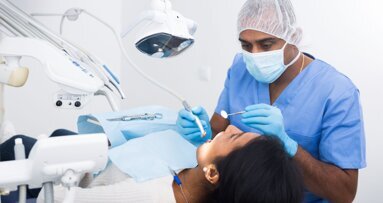



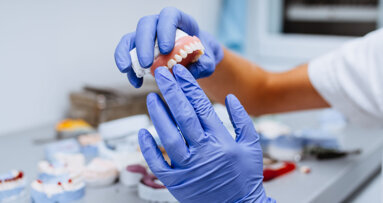











To post a reply please login or register